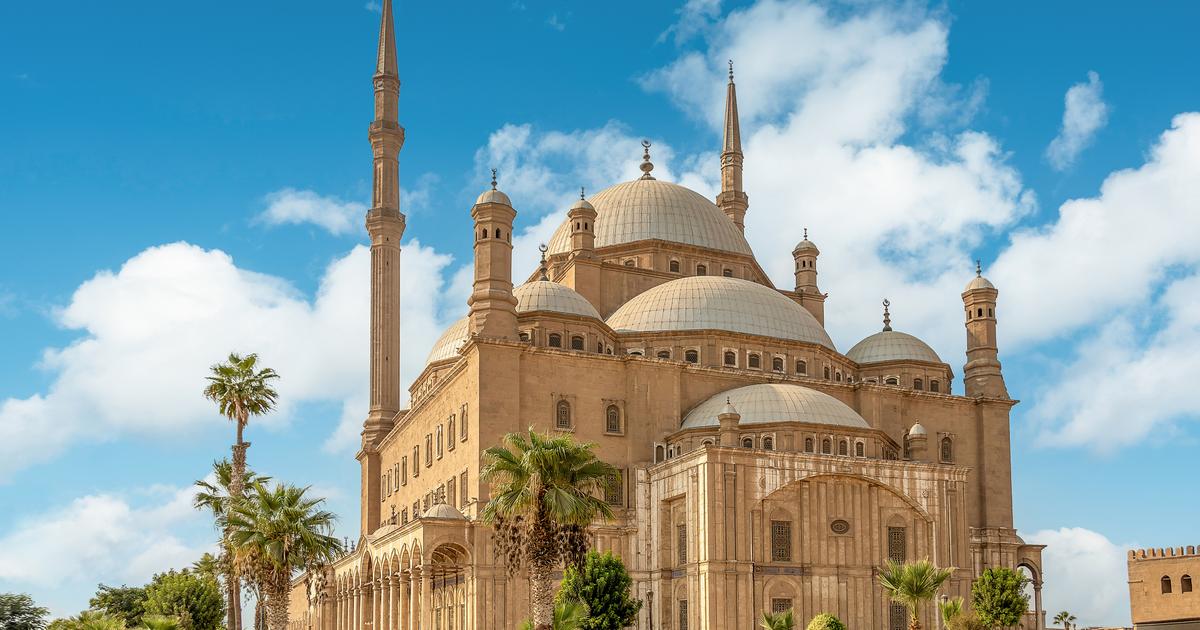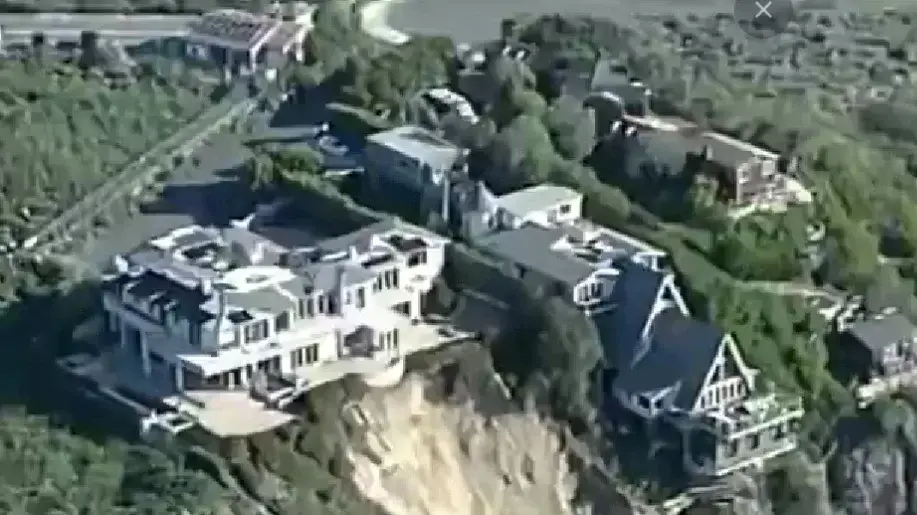A magnificent mansion and one of the oldest mosques in the world were unveiled in Rahat
The mosque - the second known of its kind, joins a similar mosque unveiled in 2019 in the Bedouin city of Rahat from about 1200 years ago.
In addition, a magnificent mansion was discovered that included halls with colorful walls and a floor of stone slabs and marble tiles
Ziv Reinstein
22/06/2022
Wednesday, 22 June 2022, 08:31 Updated: 09:08
Share on Facebook
Share on WhatsApp
Share on Twitter
Share on Email
Share on general
Comments
Comments
A mosque from the 8th-7th centuries AD was discovered in Rahat (Photo: Emil Aljem, Israel Antiquities Authority)
A magnificent mansion and a rare local-mosque - one of the most famous in the world (about 1200 years ago), were recently discovered in Rahat in the Negev, as part of extensive archeological excavations conducted by the Israel Antiquities Authority in recent years.
The excavations are being carried out as part of the intention to expand southern Rahat (Compounds 14-9) with state funding, through the Bedouin Development and Settlement Authority in the Negev.
The excavations are showing a picture of the gradual transition made in the country in the 9-7th centuries AD from the rule of Christianity to Islam.
An excavation conducted by Oren Shmueli, Dr. Elena Kogan Zehavi and Noah Michael David from the Israel Antiquities Authority revealed buildings with Christian characteristics and Muslim characteristics not far from each other. , And it included a fortified tower and rooms with solid walls that surrounded a courtyard, "the researchers said." On a nearby hill, we found completely different mansions in the way they were built;
These were built about a century later, in the 9th-8th centuries AD - the early Muslim period. "
More on Walla!
Popular holiday types in the Sinai Peninsula
In collaboration with Phoenix smart
The structure of the affluent farm (Photo: Israel Antiquities Authority, Assaf Peretz)
Wall decorations in the magnificent manor house, which included a paved floor with stone slabs and marble tiles (Photo: Israel Antiquities Authority, Assaf Peretz)
Pottery stoves for cooking food were exposed in the houses
The manor houses, which were probably inhabited by Muslims, were built as a column of rooms, and next to them a large, open courtyard.
Many pottery stoves, which were probably used for cooking food, were exposed in houses and courtyards.
The walls of the houses were relatively thin, and were apparently constructed of unpreserved mud bricks.
The identity of the inhabitants of this manor house is evidenced by an ancient rural mosque, which was the first to be discovered of its kind, in an excavation from 2019, conducted by Shachar Tzur and Dr. Yochanan (John) Seligman of the Israel Antiquities Authority.
The structure of the affluent farm (Photo: Israel Antiquities Authority, Assaf Peretz)
In the recent excavation at the site, archaeologists were surprised to discover another rural mosque similar to the one discovered, also from the 8th-7th centuries AD.
The mosque included a square room and a wall facing the Mecca (Kabbalah), the holy city in Islam.
A semicircular niche was built in the center of the wall, also facing south (Mihrab).
The unique architectural elements of the building show that it was used as a mosque.
The mosque stood alone at the site, and could accommodate a few dozen Muslim worshipers, who were, apparently, locals.
The mosque stood about 400 meters south of a magnificent mansion, built around a central courtyard.
The manor house included halls whose floor was paved with stone slabs and marble tiles, and whose walls were decorated with murals (frescoes) in red and yellow.
The wealth of the locals is evidenced, among other things, by fragments of refined tableware and fragments of glassware, on which are paintings of animals and plants.
The unique architectural elements of the building show that it was used as a mosque (Photo: Israel Antiquities Authority, Emil Aljem)
The mosque included a square room and a wall facing the Mecca (Kabbalah) (Photo: Israel Antiquities Authority, Emil Aljem)
According to Antiquities Authority investigators, "The evidence gathered so far in all the excavation areas: residential buildings, houses of worship, cooking stoves and tableware, sheds further light on the beginning of the historical process that took place in the northern Negev with the entry of a new religion - Muslim religion, rule and culture." These, here, established a gradual hold, and inherited the Byzantine rule and the Christian religion, which ruled the Land of Israel for centuries.
Items from the Early Muslim period unearthed in an excavation in Rahat (Photo: Israel Antiquities Authority, Jasmine Auerbach)
According to Eli Escozido, director of the Israel Antiquities Authority, "The important extensive excavation in Rahat contributed to the knowledge of all of us, and also to the residents of Rahat, who in coordination with the developers - the Bedouin Development and Settlement Authority in the Negev, will have a combination of unique findings A generation goes and a generation comes, and the land stands forever. "
Tourism
news
Tags
mosque
trough
Archeology















